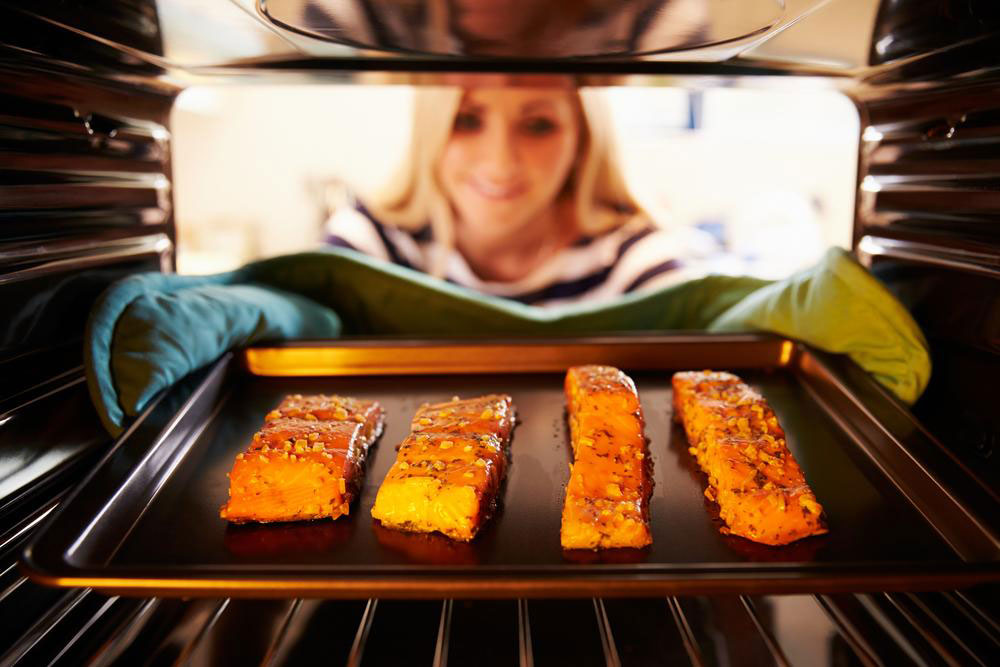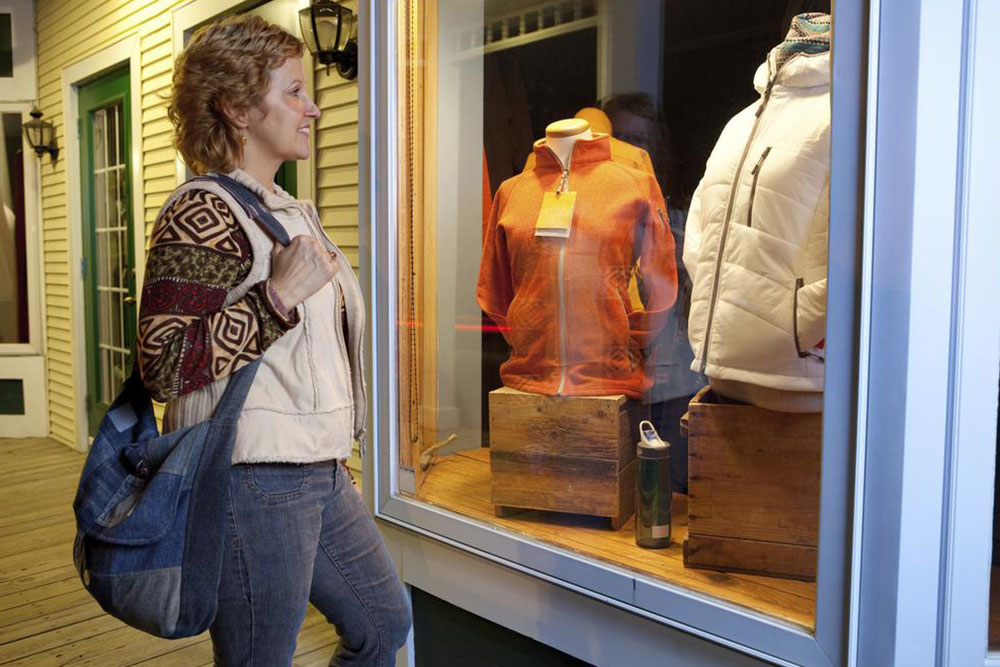Essential Factors for Selecting Optimal Winter Gloves
Selecting the perfect winter gloves involves considering climate, activity type, insulation, waterproofing, and personal preferences. Proper gloves ensure warmth, dryness, and safety during outdoor winter sports like snowboarding. Features like removable liners, heating options, and touchscreen compatibility enhance functionality. Choosing the right gloves helps prevent frostbite, hypothermia, and chilly fingers while maintaining dexterity. This guide offers essential tips for making informed decisions, ensuring your hands stay protected against harsh winter conditions during outdoor adventures.

Choosing the right gloves for winter safety is crucial to prevent cold injuries like frostbite or hypothermia. Wearing improperly insulated gloves can result in wet, cold, and numb fingers, especially when snowboarding or engaging in outdoor winter activities. Many beginners mistakenly opt for cheap gloves without considering their ability to keep hands dry and warm. Proper gloves are vital for comfort and protection, particularly if you're falling in snow or performing strenuous activities. The right pair ensures warmth, dryness, and the necessary dexterity to handle gear effectively.
Climate Considerations: The environment where you'll be snowboarding influences your glove choice. For colder regions like Japan, higher insulation and waterproofing are essential compared to milder climates like New Zealand in summer.
Activity Type: Your snowboarding style—whether downhill or cross-country—determines the suitable glove type. Cross-country gloves are typically more breathable to handle sweating, while mountain snowboarding needs more insulation.
Insulation Materials: Warmth is maintained through insulation, using materials such as fleece, synthetic fills like Primaloft, or wool blends. The insulation should balance warmth and breathability, drying moisture effectively. Options like Enduroloft and Highloft offer high warmth ratings.
Waterproof Features: Effective waterproofing prevents snow, rain, and wind from penetrating. Common waterproof materials include Gore-Tex and treated leather. Regular maintenance is recommended for leather gloves to preserve their waterproof qualities.
Removable Liners: Layered gloves with removable linings adapt better to varying conditions and dry faster. They also enhance versatility and warmth.
Gloves vs. Mittens: Your personal preference plays a role—mittens trap more heat, providing extra warmth, while gloves offer better dexterity for handling equipment.
Heating Technology: Battery-powered heated gloves or those with disposable hand warmer pockets can be lifesavers for individuals with poor circulation or prolonged exposure.
Touch Screen Compatibility: Many gloves now feature touchscreen-friendly fingertips, allowing you to operate devices without removing them, thus preventing finger freeze-ups.
Gauntlet Design: Extended cuffs or gauntlets over jacket sleeves keep snow out and add warmth around the wrists, enhancing overall protection.
Remember, choosing appropriate winter gloves depends on climate, activity, and personal preferences. The right gloves will keep you warm, dry, and safe during your outdoor adventures.









